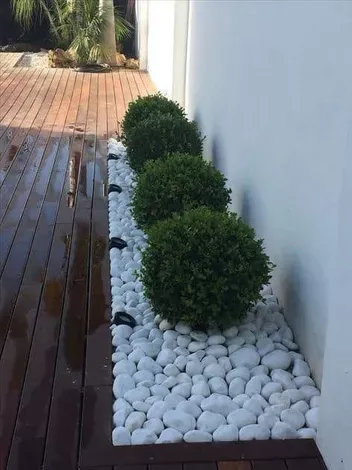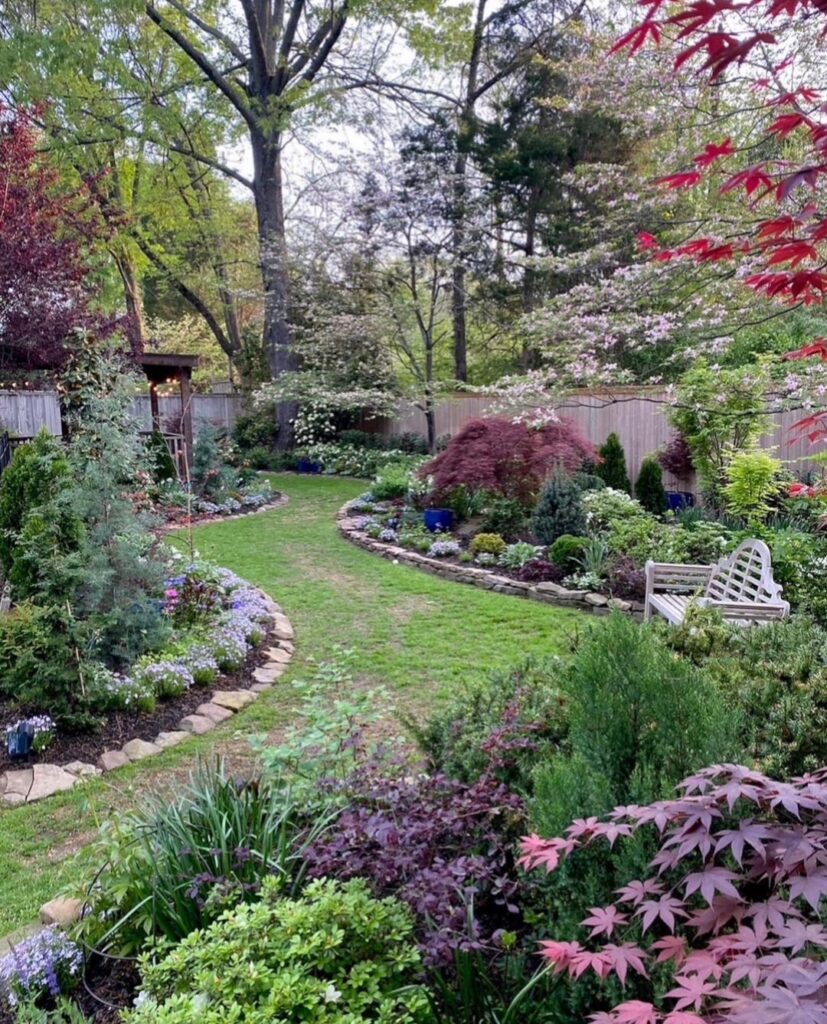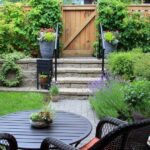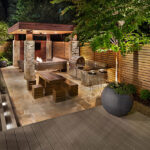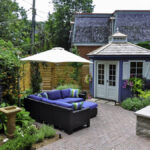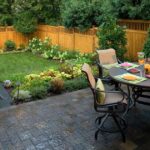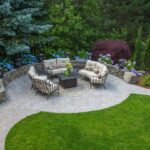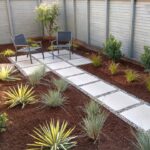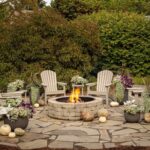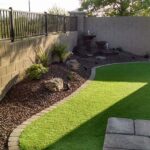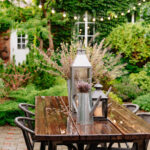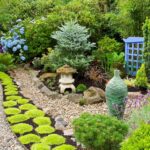Small backyard landscaping can present a unique set of challenges, but with some creativity and planning, even the smallest outdoor space can be transformed into a beautiful and functional oasis. One key consideration when designing a small backyard is maximizing space. This can be achieved by strategically placing furniture, plants, and other elements to create designated areas for dining, lounging, and entertaining.
When it comes to small backyard landscaping, less can often be more. By keeping the design simple and focusing on a cohesive color palette and minimalistic style, you can create a visually appealing and harmonious outdoor space. Consider using elements such as potted plants, hanging baskets, and vertical gardens to add greenery without taking up valuable floor space. Additionally, choosing smaller-scale furniture and accessories can help to create a sense of openness and flow in a compact backyard.
Incorporating multi-functional elements into your small backyard landscaping design can also help to make the most of limited space. For example, a bench with built-in storage can provide seating while also serving as a place to store cushions, gardening tools, or other items. Similarly, a raised garden bed can double as a seating area or a place to display flowers and herbs. By thinking creatively about how each element can serve multiple purposes, you can maximize the functionality of your small backyard.
Another important consideration in small backyard landscaping is creating visual interest and depth. This can be achieved by using a mix of textures, materials, and heights to add dimension to the space. Incorporating elements such as trellises, arbors, or pergolas can also help to draw the eye upward and create a sense of verticality in a small backyard. Additionally, using a variety of plants in different shapes, sizes, and colors can add visual impact and create a dynamic and inviting outdoor environment.
When designing a small backyard, it’s important to strike a balance between hardscaping and landscaping elements. While features such as patios, decks, and pathways can help to define the space and add functionality, it’s equally important to incorporate softscape elements such as plants, flowers, and trees to create a sense of natural beauty and tranquility. By blending both hardscape and softscape elements in a thoughtful and intentional way, you can create a harmonious and inviting outdoor retreat in even the smallest of backyards.
In conclusion, with some careful planning and creativity, small backyard landscaping can be both practical and visually appealing. By maximizing space, keeping the design simple and cohesive, incorporating multi-functional elements, creating visual interest and depth, and striking a balance between hardscape and softscape elements, you can transform your small backyard into a beautiful and functional outdoor oasis. So, whether you have a tiny patio or a compact backyard, don’t let limited space limit your landscaping possibilities – with a little imagination and ingenuity, you can create a stunning outdoor haven that you’ll love spending time in.
